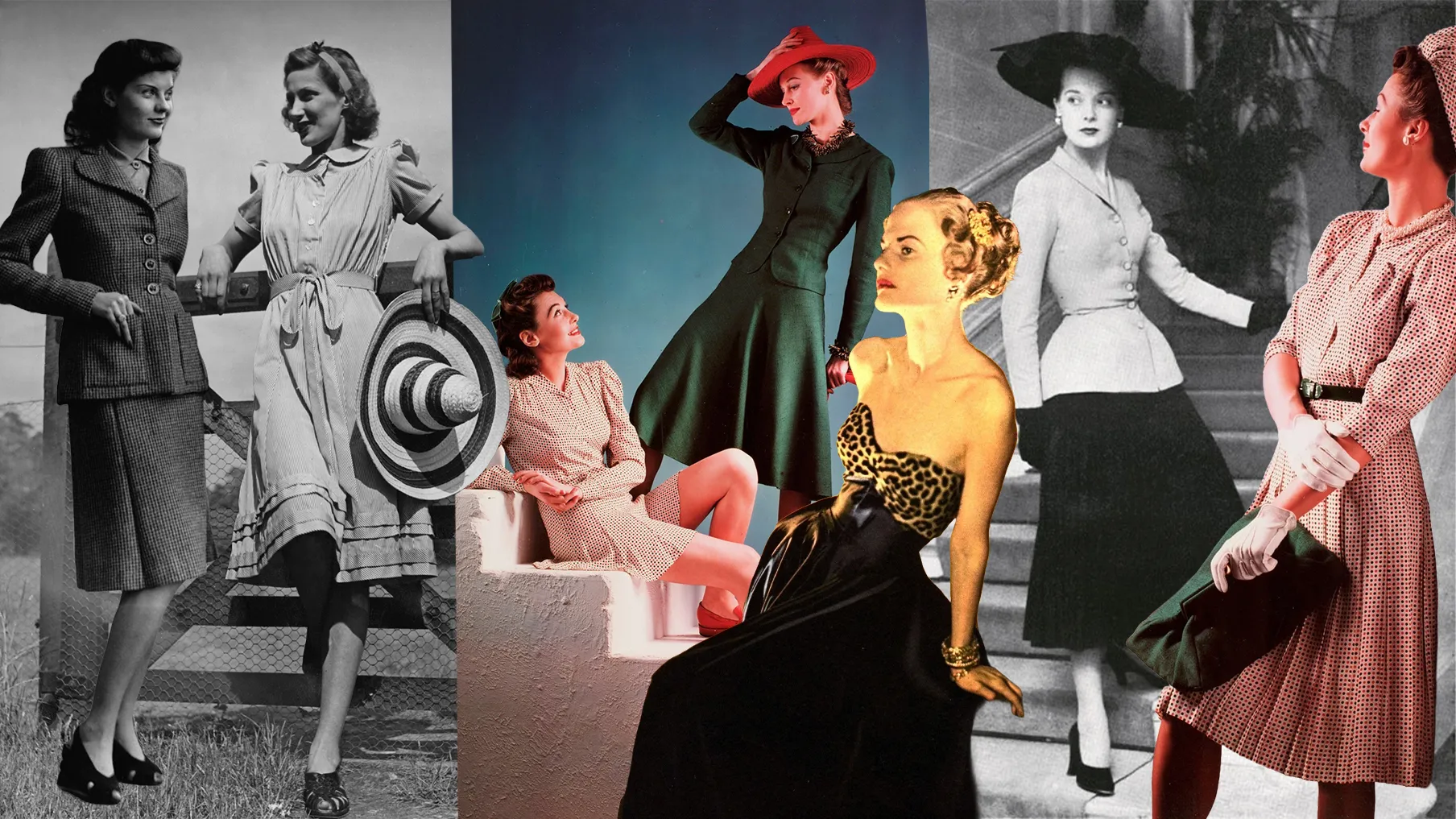Vintage clothing refers to garments from previous decades that have remained fashionable, collectible, or historically significant. The popularity of vintage fashion has fluctuated over time, influenced by cultural shifts, economic conditions, and the cyclical nature of style.
Early 20th Century (1900s–1940s)
Before the mid-20th century, clothing was often custom-made or produced in small quantities, making older garments rarer today. During the Great Depression and World War II, thriftiness was necessary, leading people to repurpose or repair clothing rather than discard it. Military surplus also influenced post-war fashion.
Mid-Century Boom (1950s–1970s)
The rise of mass production and fast fashion in the 1950s and 1960s made new clothing more accessible. However, countercultural movements in the 1960s and 1970s—such as the hippie and punk scenes—embraced secondhand clothing as a rejection of mainstream consumerism. Thrift stores and flea markets became hubs for unique fashion statements.
Revival of Vintage (1980s–1990s)
During the 1980s, vintage shopping became more mainstream, fueled by nostalgia and a renewed appreciation for past fashion eras. Designers and celebrities began incorporating vintage pieces into their wardrobes. The 1990s saw an even stronger revival, with grunge fashion embracing secondhand flannels, denim, and band tees.
21st Century: Sustainability and Nostalgia (2000s–Present)
With the rise of sustainable fashion, ethical concerns about fast fashion have pushed vintage clothing further into the mainstream. Social media and online marketplaces (like Etsy and Depop) have made vintage shopping more accessible. Today, vintage clothing is valued not just for its aesthetic appeal but also for its environmental benefits and craftsmanship.
Vintage fashion continues to evolve, with different decades coming in and out of style. Whether for sustainability, uniqueness, or nostalgia, the demand for vintage clothing remains strong.



